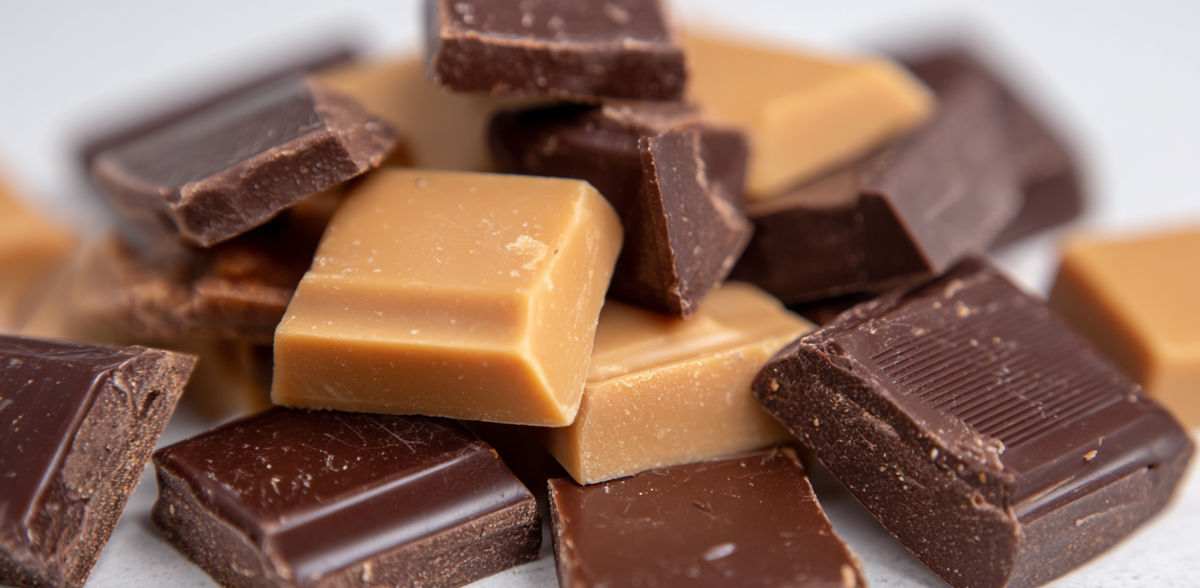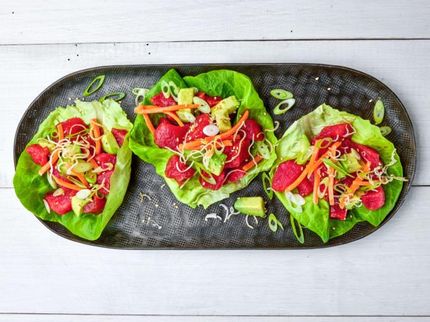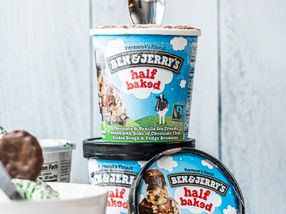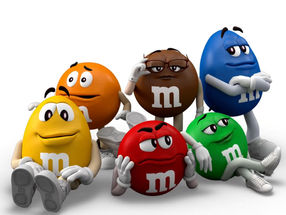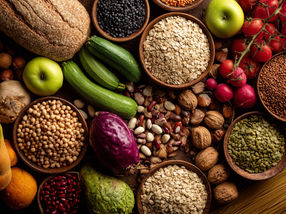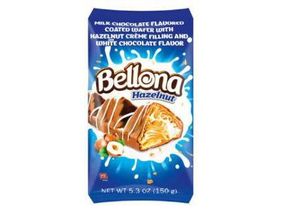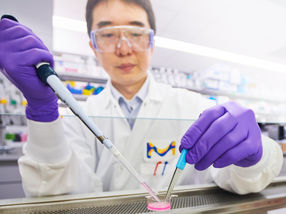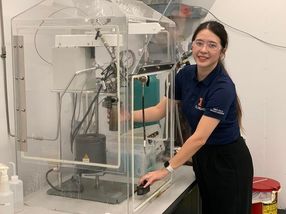TÜV SÜD provides information on cocoa-free chocolate alternatives
Advertisement
The chocolate market is changing. Climate events are leading to poorer harvests and causing raw material prices to rise. More and more companies and start-ups are focusing on innovative alternatives to conventional chocolate - entirely without cocoa. TÜV SÜD sheds light on the background, production and labeling of this up-and-coming product group.
Chocolate sweetens our everyday lives. Especially in the run-up to Christmas, consumers reach for the treat, whether as a gift, in the bakery or for their own well-being. In addition to the cocoa-containing originals, there are now alternatives that taste like chocolate but do not contain the currently expensive raw material cocoa. "However, they are not allowed to be called chocolate because it is legally bound to a defined amount of cocoa," explains Dr. Andreas Daxenberger, food expert at TÜV SÜD. This is why the label "cocoa-free chocolate alternative" is required.
Cocoa prices at a high level
In May 2025, the global market price for cocoa was more than 100 percent higher than in 2022. The reasons for this are complex: extreme weather events such as flooding, heavy rainfall and droughts lead to supply shortages, as do cultivation problems, inadequate crop protection and poor post-harvest handling infrastructure. The withdrawal of farmers from cocoa production also contributes to this. But even if international cocoa prices have been falling again somewhat for a year now, consumer prices in Germany remain at record levels. This is also making itself felt in the pre-Christmas bakery.
Alternatives without cocoa
In view of the economic situation in the cocoa industry, young companies have launched completely cocoa-free chocolate-like products on the market. However, the traditional chocolate production process is still used: The raw materials are fermented, roasted, conched and finally the fat is refined. Sunflower seeds and oats are treated in a similar way to cocoa beans and ground into an aromatic concentrate in several stages. This is mixed with other ingredients such as sugar and vegetable fats and the mass is conched. During conching, liquid masses are stirred and kneaded for a long time in order to improve the firmness, aromas and ingredients of the product.
New recipes outside the cocoa regulation
Depending on the recipe, sunflower seeds, sugar, milk powder or, in the case of vegan varieties, sunflower seed flour are used. Palm oil, soybeans, rapeseed oil or shea are used as cocoa butter equivalents. Various flavoring ingredients such as hazelnuts, peppermint, marzipan and others are also used. According to the Food Information Regulation, the products must be labeled in such a way that consumers are not misled. In particular, confusion with cocoa products due to presentation or product description must be avoided. This is not only checked by the official food inspection authorities, but also by private food certification programs such as the International Food Standard (IFS), which TÜV SÜD carries out at food manufacturers.
"Substitute products are on the rise. It must be ensured that the labeling is correct. Validation and verification of manufacturers by TÜV SÜD can already help to build consumer confidence in these products," adds Dr. Daxenberger from TÜV SÜD.
Note: This article has been translated using a computer system without human intervention. LUMITOS offers these automatic translations to present a wider range of current news. Since this article has been translated with automatic translation, it is possible that it contains errors in vocabulary, syntax or grammar. The original article in German can be found here.
Other news from the department business & finance
Most read news
More news from our other portals
Something is happening in the food & beverage industry ...
This is what true pioneering spirit looks like: Plenty of innovative start-ups are bringing fresh ideas, lifeblood and entrepreneurial spirit to change tomorrow's world for the better. Immerse yourself in the world of these young companies and take the opportunity to get in touch with the founders.
See the theme worlds for related content
Topic world Food safety
Food safety is at the heart of the food and beverage industry. It ensures that the food we eat every day is not only nutritious, but also free of harmful contaminants. From field to plate, the industry monitors and regulates every step of the process with strict quality controls, advanced testing methods and continuous research.

Topic world Food safety
Food safety is at the heart of the food and beverage industry. It ensures that the food we eat every day is not only nutritious, but also free of harmful contaminants. From field to plate, the industry monitors and regulates every step of the process with strict quality controls, advanced testing methods and continuous research.
